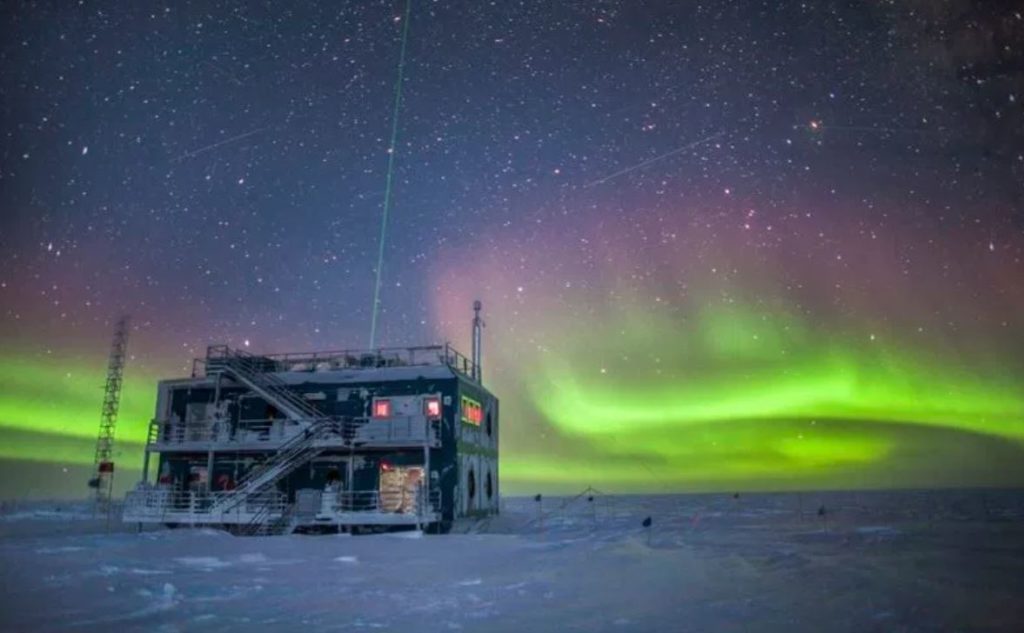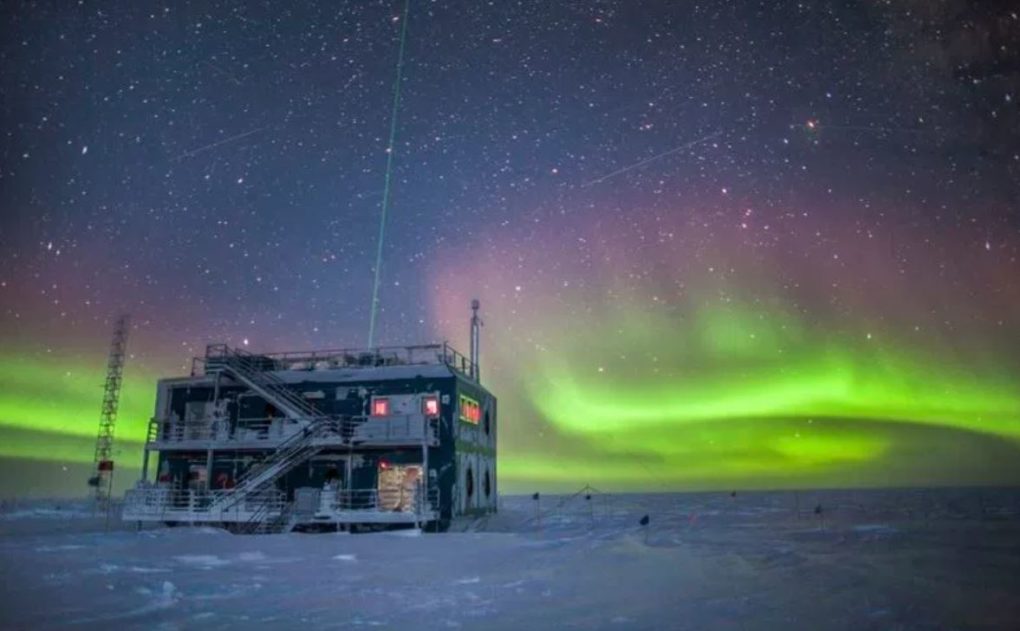EU’s Earth Observation Program Finds Ozone Hole Over Antarctica is Among the Largest Ever Recorded
 By Cap Allon
By Cap Allon
The European Union’s Earth observation program said Tuesday that the ozone hole over Antarctica has swelled to its largest size and deepest level in at least 15 years, to become among the most notable ever recorded.
Clare Nullis of the WMO explains that the ozone hole begins to expand every August –at the start of the Antarctic spring– and reaches a peak around October. “The air has been below minus 78 degrees Celsius, and this is the temperature which you need to form stratospheric clouds — and this is quite a complex process,” said Nullis at a U.N. briefing. “The ice in these clouds triggers a reaction which then can destroy the ozone. So, it’s because of that that we are seeing the big ozone hole this year.”
These findings completely contradict the science behind the international accord (the Montreal Protocol) devised to phase out the use of ozone-depleting substances (OSDs). In addition, they also confirm what NASA has been saying for years: that the upper atmosphere is cooling.
[do_widget id=text-16]
OSDs have been on the decline since their peak in 2000 (shown below), and the “hole” growing –to among the largest ever recorded– a full 20 years later shows the correlation between OSDs and ozone is minor, at best.
The formation of stratospheric ozone is initiated by ultraviolet (UV) radiation coming from the Sun. As a result, an increase in the Sun’s radiation output increases the amount of ozone in Earth’s atmosphere. The Sun’s radiation output and sunspot number vary over the well-documented 11-year solar cycle. Observations over several solar cycles since the 1960s show that global total ozone levels vary by 1 to 2% between the maximum and minimum of a typical cycle. However, ‘global’ total ozone levels aren’t necessarily what we’re interested in here. Evidence suggests that ozone depletion during times of low solar activity is far greater above the poles than elsewhere on the planet, a phenomenon we’re seeing today, at both the Antarctic and Arctic.
This could well be the true cause of Polar Amplification. Climate alarmists, of course, love to claim that CO2 is disproportionately warming the Arctic, but they have no agreed-upon mechanism as to how this could occur. It is fantasy. On the other hand, a positive correlation between decreasing solar activity and ozone depletion above the Arctic fits almost perfectly, as does the negative correlation between ozone depletion and rising surface temps.
There is another important forcing to factor into all this: volcanic eruptions.
Explosive volcanic eruptions inject sulfur gases directly into the stratosphere, causing new sulfate particles to be formed. The particles initially form in the stratosphere downwind of the volcano and then spread throughout the hemisphere or globally as air is transported by stratospheric winds. One method of detecting the presence of volcanic particles in the stratosphere uses observations of the transmission of solar radiation through the atmosphere. When large amounts of new particles are formed in the stratosphere over an extensive region, solar transmission is measurably reduced (as are terrestrial temperatures). The eruptions of Mt. Agung (1963), El Chichón (1982), and Mt. Pinatubo (1991) are the most recent ‘sizable’ examples of sulfur injections that temporarily reduced solar transmission.
Chile’s Calbuco volcanic eruption (2015) is another. This stratospheric injection played a role in enhancing the size of the ozone hole back in 2015.

2020’s hole appears even larger that 2015’s, clear indication that factors other than ODSs are key to ozone depletion above the poles — namely, surprise-surprise, solar and volcanic activity.
Unfortunately, the U.N. and its fraudulent little offshoot, the WMO, remains chained to the Montreal Protocol. Clare Nullis says that despite this year’s growing hole, experts still believe the ozone layer is slowly recovering after adoption of the accord in 1987, and she urges nations to stick to the measures, citing climate projections that indicate that the ozone layer will return to 1980 levels in 2060.
The COLD TIMES are returning, the mid-latitudes are REFREEZING, in line with historically low solar activity, cloud-nucleating Cosmic Rays, and a meridional jet stream flow.
Both NOAA and NASA appear to agree, if you read between the lines, with NOAA saying we’re entering a ‘full-blown’ Grand Solar Minimum in the late-2020s, and NASA seeing this upcoming solar cycle (25) as “the weakest of the past 200 years”, with the agency correlating previous solar shutdowns to prolonged periods of global cooling here.
Furthermore, we can’t ignore the slew of new scientific papers stating the immense impact The Beaufort Gyre could have on the Gulf Stream, and therefore the climate overall.
 Prepare accordingly— learn the facts, relocate if need be, and grow your own.Visit Cap Allon at Electroverse.net where this article first appeared. Follow on Facebook, on Instagram, and on Twitter. And please support his work at Patreon here.
Prepare accordingly— learn the facts, relocate if need be, and grow your own.Visit Cap Allon at Electroverse.net where this article first appeared. Follow on Facebook, on Instagram, and on Twitter. And please support his work at Patreon here.FREE PDF: 10 Best Books To Survive Food Shortages & Famines




